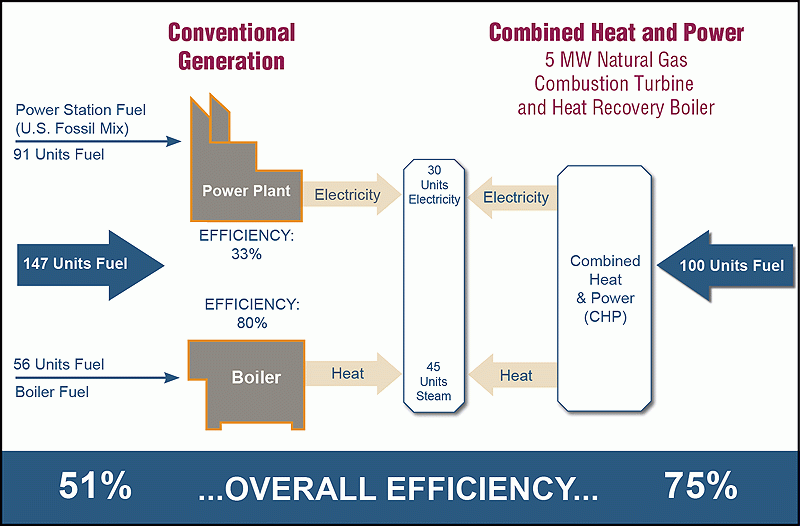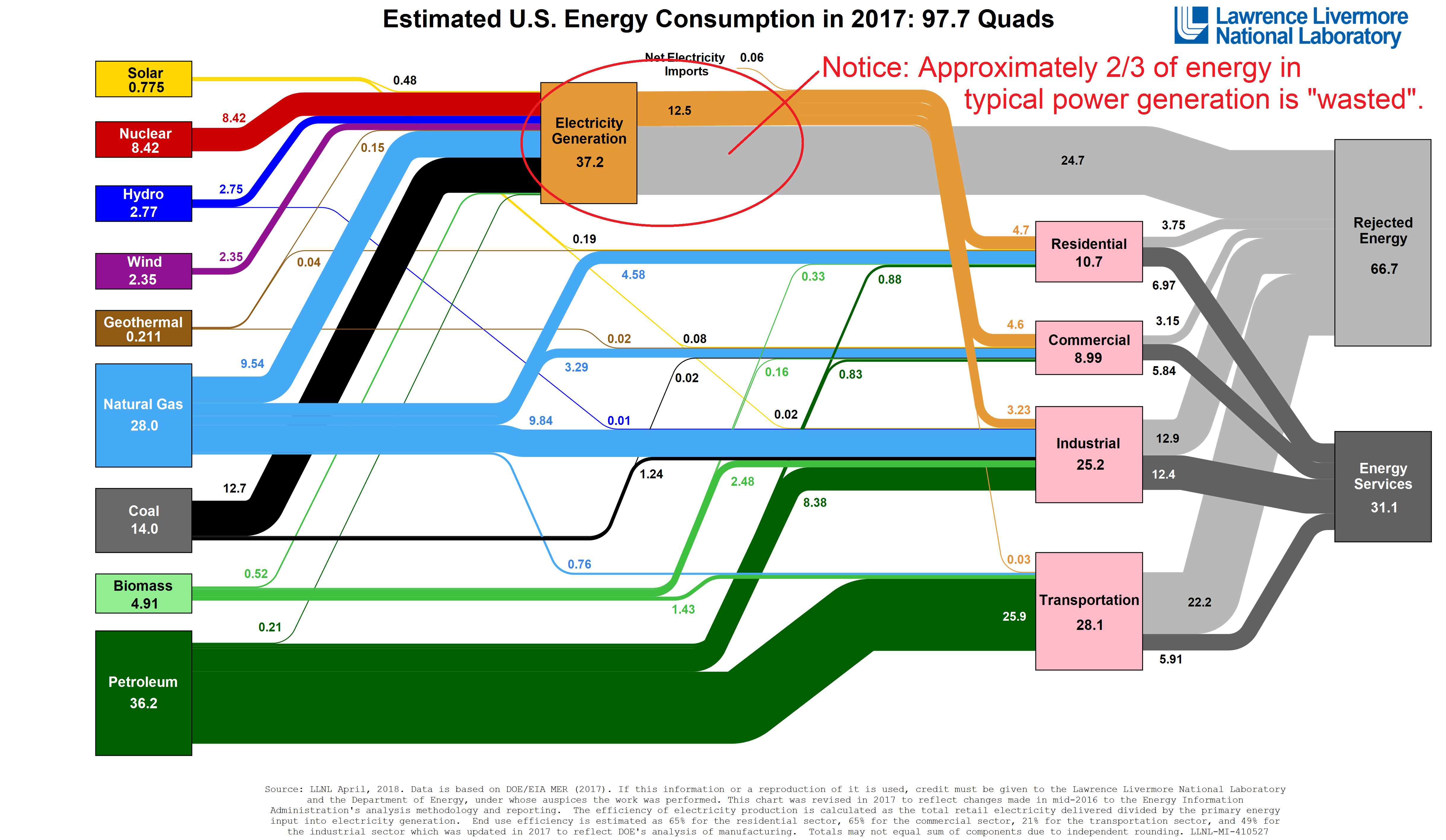Peak power loads are high points, sometimes spikes in demand for power. Peak loads are a problem for utilities and their customers alike. For utilities, peak loads must be balanced with supply to avoid power shortages. When the utilities can’t respond quickly enough with their own power, they need to source power on the open market, where price spikes of 1000% or more are possible. Utilities will often attempt to reduce the occurrence of demand spikes by charging power users higher rates for peak power. It’s then incumbent on the customer to reduce or eliminate spikes in power consumption to avoid those charges.
Peak Power Background
In buildings, peaks in power usage are often, but not always associated with a high demand for cooling on summer afternoons. Aggregations of power users all using their air conditioning at the same time result in demand peaks. It shouldn’t be surprising that these aggregations of power consumption are hardest to control because they are all independent of each other and are all responding to the weather, which is out of their control. On the other hand, larger consumers of power may be better able to reduce their peak power consumption by taking steps to reduce power purchases during these peak times. This is possible either by anticipating power peaks and taking proactive steps to reduce demand from the utility during those times, or by supplementing with other power sources.
Utility Rate Structures for Power
Energy Rate
Utilities charge for the power they produce by charging for delivered energy. Energy in the form of electricity is sold in units of kilowatt hours (kWh). Along with a charge for distribution, the energy charge covers most of the costs incurred by the utility for the power it produces and delivers. What these charges do not cover are the added fixed and variable costs associated with peak power production and delivery.
“Demand Rate” for Peak Power Consumption
Where the utility has reliable base load but is challenged in meeting peak loads, they may institute a demand rate billing structure. The demand rate structure imposes a higher charge for power consumption at peak times. The demand rate structure is common in industrial and large commercial application, and has been seen in some residential applications as well.
Responding to Demand Rates
As utilities impose demand rates as a response to their challenges is meeting peaks in demand, a logical response by the customer is to lower demand at those times. If a utility charges different rates depending on time of day, the natural response is to buy energy at the less expensive time of day, and use it when rates are higher. An example of this is when a power buyer makes ice at lower rates, and then melts the ice for cooling purposes during peak rate hours. This is great for cooling, but if electrical energy is what’s needed at peak hours, then other solutions are needed.
Combined Heat & Power (CHP)
CHP is a technology that large energy users can turn to for producing their own economical baseload power, while also reducing peak levels of purchased power. As described on the CHP post, the technology can be cost-effective on its own, in economically producing heat and power, and by increasing the reliability of power. The cost savings CHP can offer by avoiding costly demand rates can also be compelling.
SCADA
Demand control for large energy users can also be accomplished with SCADA applications. From a simple metering device with peak demand warning to a full monitoring network, SCADA can be used to reduce power usage automatically or manually, as needed. This type of demand response is appropriate in situations where reducing power consumption in an ad hoc manner is realistic. Therefore, this may not be a good option for hospitals, hotels, and commercial buildings.
Throttling down, or completely shutting off power to one or several powered items is called load shedding. It makes sense to shed load from one application in order to temporarily provide load somewhere else, and when the power is constrained in some way. The constraint may be peak power pricing, or it may be a limitation in the power infrastructure. In any case, load shed is most often a temporary measure, and SCADA can be used in that way.
Conclusion
Building owners and operators have multiple avenues available for reducing energy costs through peak shaving. Having a working knowledge of these options is a step in the right direction. Contact CIMI Energy to find ways to reduce your energy costs.
Additional Resources
The Peak Load Management Alliance exists, with more detailed information about peak loads and demand response.



